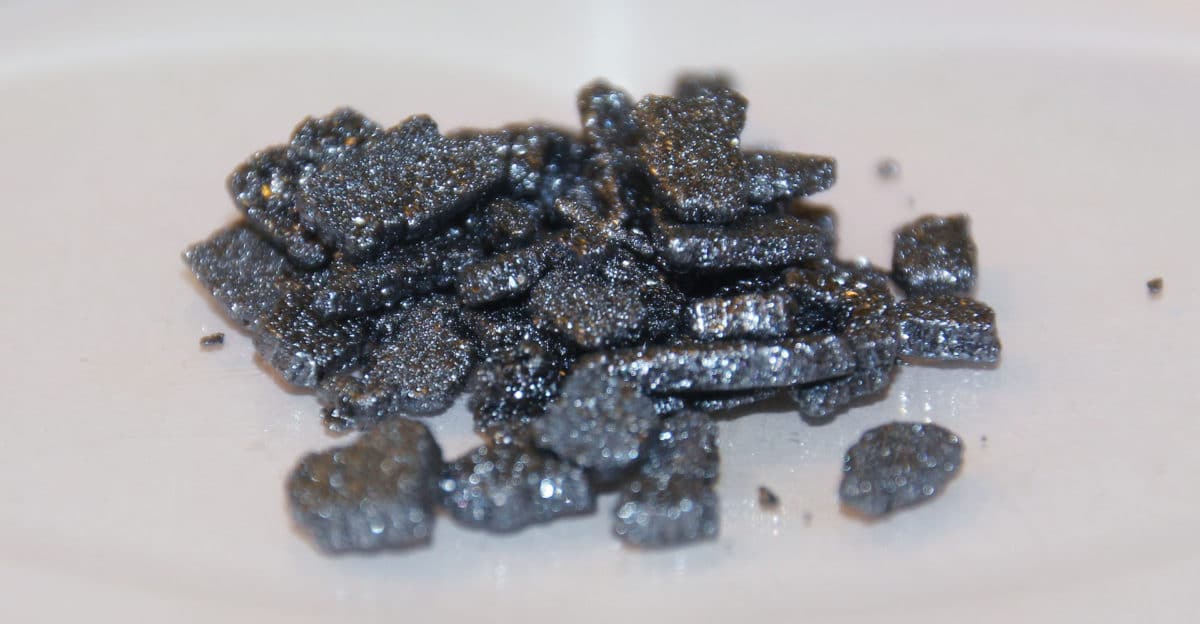Scientists from the University of North Carolina have developed a perovskite solar cell with an efficiency of 23.2% by adding benzylhydrazine hydrochloride (BHC) as an iodine (I) reductant agent in precursor solutions such as methylammonium iodide (MAI) and formamidinium iodide (FAI).
“Preventing the degradation of perovskite precursor solutions is equally important compared to post-fabrication device encapsulation, because large-area perovskite modules are generally manufactured in air and perovskite precursor inks are generally prepared in large quantity and stored for days or months,” the scientists said.
They said that one of the most common issues with precursor materials is that that iodine (I) ions are oxidized into elemental diatomic iodine (I2) during storage. This deteriorates the overall performance of the affected perovskite solar cell, they noted. The group used a low-cost BHC as a reductant, which reduced I2 back to I in aged precursor solutions.
“In addition, the BHC residual in perovskite solid films can reduce the I2 generated during light soaking that induces the shallow charge traps and accelerates the decomposition of perovskite materials,” they said.
Through this process, the academics were able to fabricate an inverted blade-coated p-i-n perovskite cell with the aforementioned efficiency, which was certified by the US Department of Energy's National Renewable Energy Laboratory (NREL). It also exhibited operational stability, with almost zero degradation after 1,000 hours of operation at maximum power point (MPP), using a perovskite composition that does not contain cesium. The cell also exhibited an open-circuit voltage of 1.17 V, a short circuit current of 24.0 mA cm2, and a fill factor of 0.829.
Popular content
“All these results demonstrate the effectiveness of BHC in restoring precursor solutions and reducing film defects, accounting for the suppressed charge recombination and thus enhanced device efficiency,” the researchers said.
They then used the cells to produce perovskite mini-modules with an 18.5% efficiency level, as well as an open-circuit voltage of 11.7 V, a short-circuit current of 73.20 mA, and a fill factor of 0.773. They presented their findings in “Iodine reduction for reproducible and high-performance perovskite solar cells and modules,” which was recently published in Science Advances.
In August, scientists from the University of North Carolina said they had found a new ‘de-doping’ process in perovskite solar cells that could reduce production costs and produce better devices. They have used this to fabricate a mini-module with a 17.8% efficiency rating.
This content is protected by copyright and may not be reused. If you want to cooperate with us and would like to reuse some of our content, please contact: editors@pv-magazine.com.



3 comments
By submitting this form you agree to pv magazine using your data for the purposes of publishing your comment.
Your personal data will only be disclosed or otherwise transmitted to third parties for the purposes of spam filtering or if this is necessary for technical maintenance of the website. Any other transfer to third parties will not take place unless this is justified on the basis of applicable data protection regulations or if pv magazine is legally obliged to do so.
You may revoke this consent at any time with effect for the future, in which case your personal data will be deleted immediately. Otherwise, your data will be deleted if pv magazine has processed your request or the purpose of data storage is fulfilled.
Further information on data privacy can be found in our Data Protection Policy.